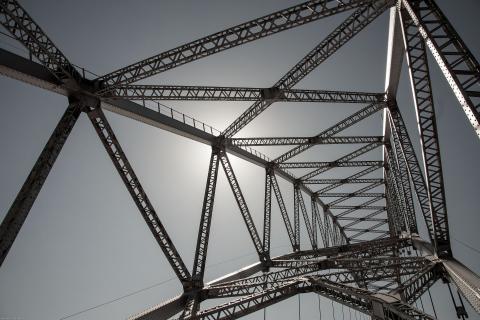
Title: Energy - Sample Request for Proposals for Large Scale Power Projects - Instructions to Bidders -Volume I
Languages: English
Region: Latin America and Caribbean (LAC)
Sectors: Energy and Power
Keywords: Sector, Procurement, Sample clauses, Sample drafting, Sample wording, Design-build-finance-operate-maintain, Request for proposals, Contractual Provisions, Model agreement
DocumentLink(s):
Document(s):
Sample Request for Proposals for Large Scale Power Projects Volume I Instructions to Bidders.pdf bytes
Document Details:
Excerpt:
INSTRUCTIONS TO BIDDERS
1. INTRODUCTION
1.1 The Private Power Policy of [COUNTRY]
[The [Ministry of Energy] (ME) has adopted a private power policy for the power sector in [COUNTRY] (the “Private Power Policy”), the primary objective of which is to encourage private sector investment in large scale generation projects in order to increase access to electricity and to meet demand, which is currently suppressed in [COUNTRY].]
[The means of achieving this objective in an efficient and cost effective manner is to develop large scale generation projects through a competitive procurement process in accordance with the provisions of [relevant regulations] and guidelines issued under it (the “Guidelines”) by [relevant ministry]. The procurement process will be based on transparent rules designed to maximise fairness and competition and on standard model documents that minimise transaction and development costs. The model documents will be designed to ensure “bankability” of the project.
A subsidiary objective of encouraging private sector participation in large scale generation projects is to obtain economies of scale and the benefits of competition to reduce the cost of power in [country].
Overall, the goal is to encourage investors to accept reasonable risks that they are well able to manage in terms of efficient financing, construction and operation of large scale power plants that maximise generation availability and flexibility.
For more information about this sector, please visit Public–Private Partnerships in Energy and Power.
Updated: October 25, 2021